Mozambique: Sofala set for $14 million canned fruit processing project
How to fulfil Mozambique’s potential in agribusiness? – Discussion with Norfund’s Chishamiso Mawoyo
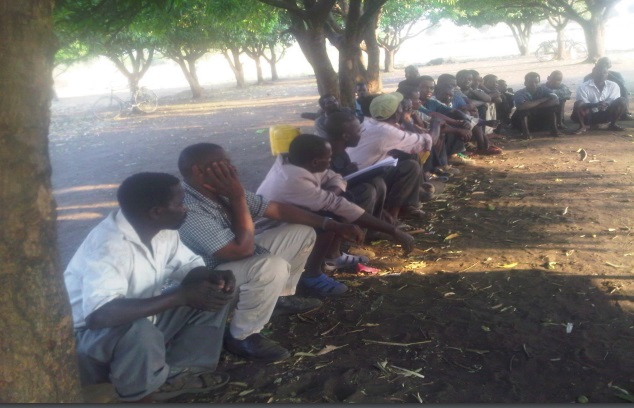
Rei do Agro (File photo)
The constitution of Mozambique defines agriculture as the base for the country’s development. Indeed, more than 70 percent of Mozambicans depend on agriculture for their survival. Investing in agriculture doesn’t only imply economic development and growth, but is also a fundamental tool for poverty alleviation: 80 percent of rural families’ income comes from the agriculture sector. In Africa generally, it is acknowledged that growth in agriculture can be 11 times more effective in reducing poverty than growth in other sectors.
During the FT Mozambique summit at the beginning of November, the Mozambican Minister of Land, Environment and Rural Development, Celso Ismael Correia, called for investors to come and invest in Mozambique, as “Mozambique has the conditions to promote agricultural production”.
But, despite having huge agricultural potential, the republic is still a net importer of staple foods. Most production is the result of subsistence farming, and many farmers are unable to obtain high-quality seeds, pesticides, fertilizers and equipment. What really has to be done to promote Mozambique’s agribusiness and increase investments?
We met Chisamiso Mawoyo, the head of regional office for Food and Agribusiness, of Norfund – the Norwegian Investment Fund for Developing Countries. We discussed the challenges affecting Mozambique´s capacity to transform subsistence to commercial farming.
Infrastructure and logistics are main impediments for growth. with no functioning railway systems inside Mozambique, getting products from the farms to the cities is costly. Another significant logistic deficiency is silos, though Bolsa De Mercadoria, a public company established in 2012, does offer solutions.
Another challenge, and one that the government should definitely prioritize, is finance structures for investors. For agriculture to attract long-term investment, government intervention is crucial. “The high interest rate cannot work for long term investments in agribusiness”, Mawoyo warns. “Other countries have created solutions for this, like South Africa, where the interest rates are linked to the country risk, at about 9 percent, or in Brazil, where a bank targeted at investing in agriculture facilitates the sector’s growth”.
Mawayo has also warned that the current conflict keeps foreign investors multilateral foundations away from investing here. Indeed, bringing peace and stability to Mozambique was cited as the first national priority by Mozambican ministers at the FT Mozambique summit.
The third challenge Mawoyo mentioned was accessing farm machinery and tools. With investors having to import machinery to Mozambique, delays of months and more can harm business. “The private sector has to be here: and have the stock right here, in Mozambique, and invest properly,” Mawoyo says.
The concept of an enabling environment is crucial for agribusiness to succeed, according to Mawoyo. It requires collaboration with the government, so that policies attract investors. “I can bring knowledge, experience, and invest in bulldozers and other machineries. But I cannot build Mozambique’s national railway system.”
Human resources are another prominent obstacle, and perhaps what lies behind the difference between subsistence farming and profitable commercial farming. Based on his experience, Mawoyo tells us that although many locals farm for a living, they do so default – to survive, not for yield. Basic education, which is relatively low in Mozambique, makes a difference in farmers’ motivation. Finding trained and experienced people for middle management isn’t always easy. “Farming is about the people,” Mawoyo concludes.
Which brings us back to the question: if more than 70 percent of Mozambicans work in agriculture, what prevents the transition to commercial farming? Some people don’t stay with their one-hectare ’machamba’ (smallholding). Even in a reality of scarce resources and poverty, some find the motivation to work harder, invest more, and expand to two hectares or more.
And this was one of the prerequisites of Rei Do Agro (Agri-King), a Mozambican company producing soy beans in Zambezia province, in identifying 50 high-potential Mozambican smallholders for a professional training program. Mawoyo told us about people who have become real entrepreneurs: “One of the farmers, Carlos, expanded his smallholding from 10 to 24 hectares, producing 50 tons of soy beans. After paying us back the investment costs with 10 tons of his production, he was left with 40 tons”.
People like Carlos are out there. But for the land of Mozambique to be well cultivated, solutions have to be found for infrastructure, financing and farm machinery. For this environment to beenabling, it takes a real collaboration between the private sector, the government and non-profit organizations, to put Mozambique’s land and people back on the road of growth and development.
By: Matan Rosenstrauch


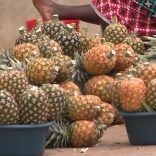

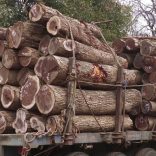

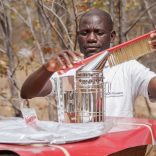
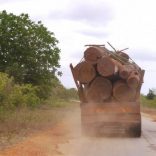

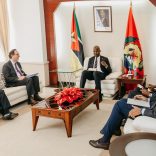

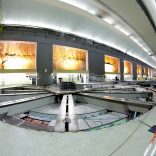

Leave a Reply
Be the First to Comment!
You must be logged in to post a comment.
You must be logged in to post a comment.